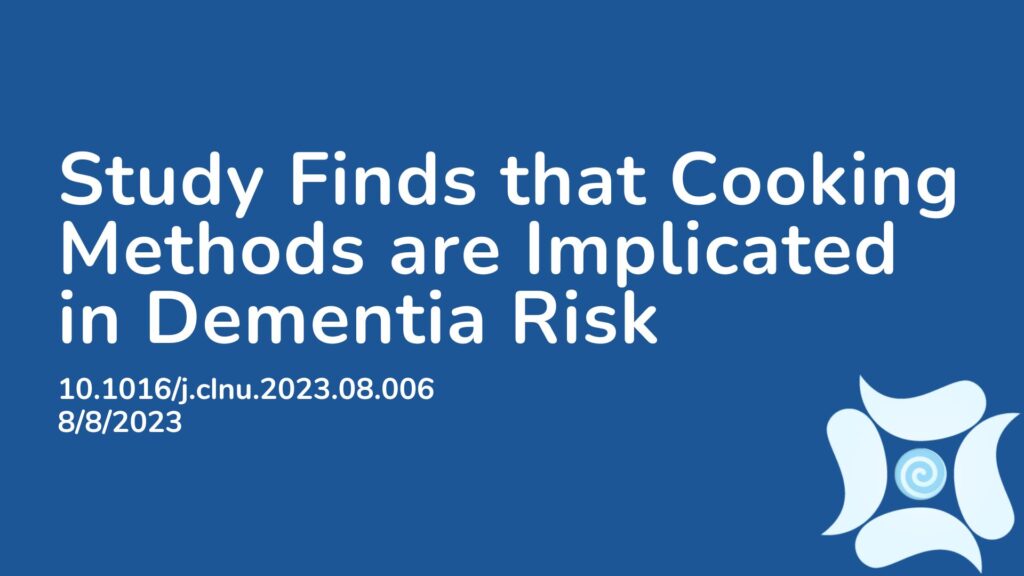Summary:
Dementia is an escalating public health concern, with cases rising from 20 million in 1990 to over 57 million in 2019. It is thought that approximately 40% of cases are preventable through modifiable lifestyle factors like diet. One dietary component that has been looked at is advanced glycation end products (AGEs), which are formed during cooking processes like frying and grilling. Despite only 10% of dietary AGEs being absorbed, evidence suggests a connection between dietary AGEs and dementia risk. This prospective cohort study investigates the link between dietary AGEs and dementia risk, also considering potential genetic influences. The study included 93,830 participants aged 50 years and older without dementia who were followed from 2006-2010 until 2021. Their dietary intake of AGEs was measured. Over the course of the study, 728 participants developed dementia. After adjusting for variables, higher intake of AGEs was associated with an increased risk of dementia. Importantly, this risk was independent of genetic factors. These findings demonstrate that limiting dietary AGEs may be a way to potentially reduce the risk of dementia.
Abstract:
Background: Dietary advanced glycation end products (AGEs) might exert adverse effects on cognition. The associations between dietary AGEs and long-term risk of dementia are yet to be assessed in large population studies. We aimed to explore whether elevated dietary AGEs intake is associated with increased risk of dementia, and whether this association might be affected by genetic risk. Methods: A prospective cohort study, which included a total of 93,830 participants (aged≥ 50 years) free from dementia at baseline of the UK Biobank study (2006-2010) and had at least two 24-h dietary assessments and were followed up until 2021. Dietary AGEs, including Nε-(1-Carboxyethyl)-l-lysine (CEL), Nε-(carboxymethyl) lysine (CML), and Nδ-(5-hydro-5-methyl-4-imidazolon-2-yl)-ornithine (MG-H1) were estimated via averaged data from the multiple 24-h food assessments according to the ultra-performance LC–tandem MS based dAGEs database. Incidence of all-cause dementia was ascertained through hospital inpatient and mortality records. Multivariable Cox regression models were utilized to estimate hazards ratios (HRs) and 95% confidence interval (CI) of dementia risk associated with dietary AGEs. Results: During a median follow-up of 11.9 years, 728 participants developed dementia. In multivariable adjusted model, when comparing the highest with the lowest tertile of intake level, HRs (95% CI) of dementia were 1.43 (1.16, 1.76) for total AGEs Z score, 1.53 (1.25, 1.89) for CEL, 1.27 (1.03, 1.56) for CML and 1.24 (1.02, 1.52) for MG-H1 (all P trend<0.01). There was no significant interaction between dietary AGEs intake, genetic risk and APOE ε4 carrier status for dementia. Conclusions: Higher intakes of dietary AGEs including CEL, CML and MG-H1 were associated with a higher risk of dementia, independent from genetic risk, highlighting the significance of dietary AGEs restriction for dementia prevention.
Article Publication Date: 8/8/2023
DOI: 10.1016/j.clnu.2023.08.006




